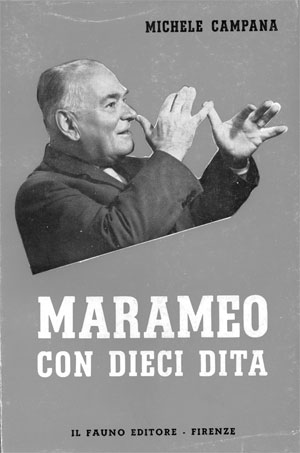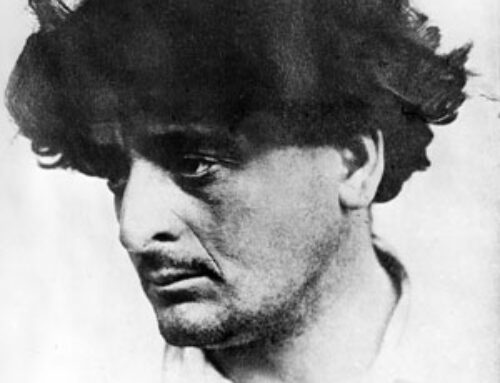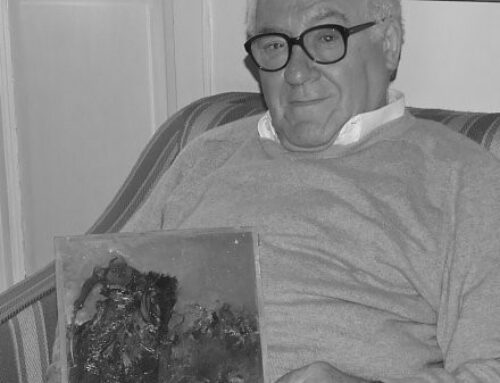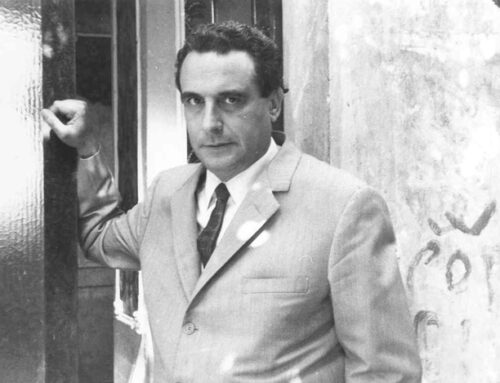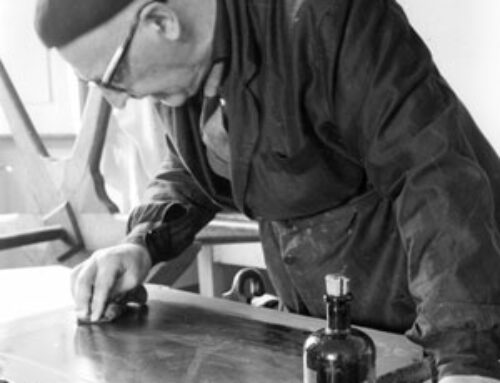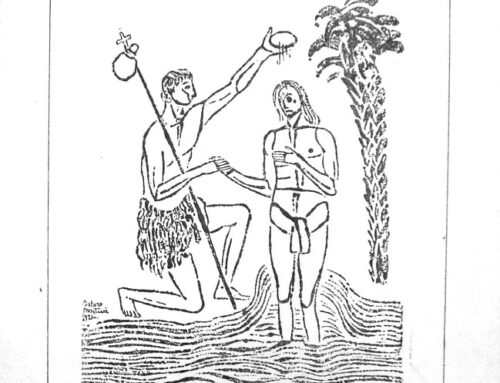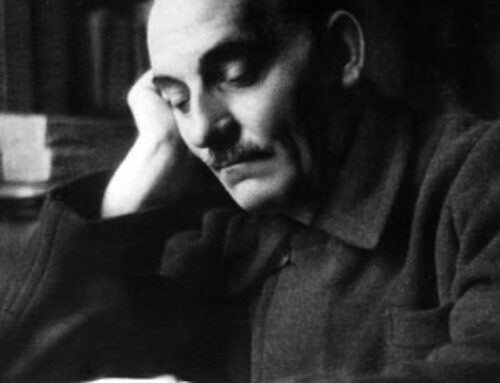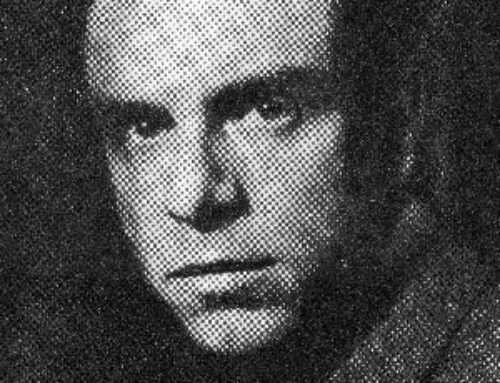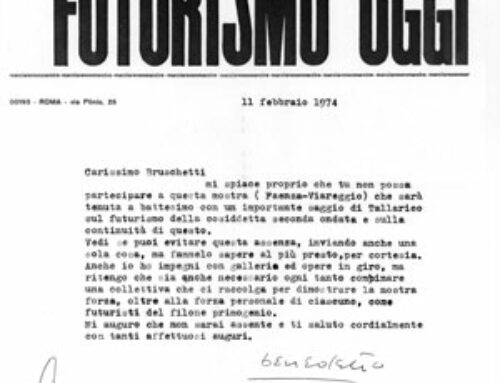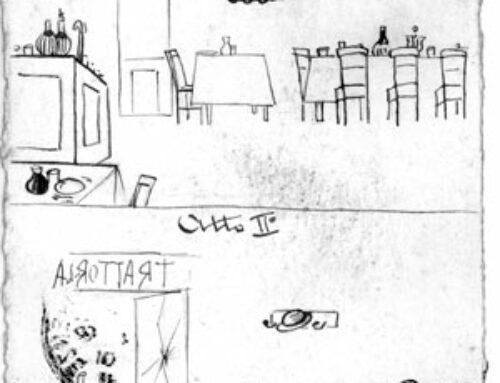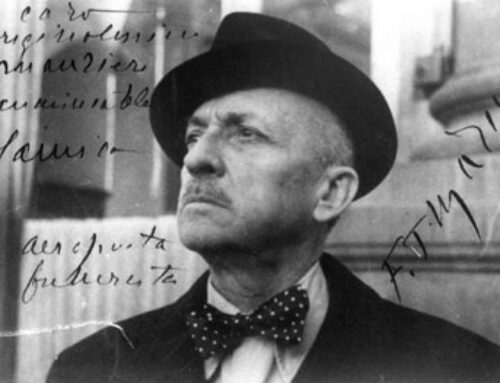(Modigliana, Forlì, 1885-Florence, 1968), poet, met at boarding school his peer Dino Campana, whose he was not a close relative but with whom he shared the same Marradese stock. Having moved to Florence where his father opened a trattoria, he continued his self-taught studies and it was at the tables of the trattoria that he met Mario Ferrigni, editor of the Florentine democratic newspaper “Il Nuovo giornale,” who offered him a position, first as a contributor then as an editor. He began from this time an intense journalistic activity at numerous newspapers – “Il giornale del commercio,” “La Toscana,” “Fantastica,” “L’Arena,” “Il popolo d’Italia,” “Corriere della Sera,” “La stampa,” “Corriere padano” – and a copious narrative and lyrical production: “Rime giovanili” (1904), “In paganìa” (1911), “Un anno sul Pasubio” (1916), “Perché ho ucciso?” (1916), “Creatures” (1927), “In Romagna” (1931), “The Musicality of the Italian Language” (1934), “The Hero’s Son” (1938), “Under the Sun of Rimini” (1939), “Motifs” (1934) and “Other Motifs” (1939). After the fall of Fascism, which he adhered to from the beginning, he had to accept the hospitality of relatives and live modestly until, in 1948, he was offered the position of chief reporter of “Il Tirreno” and could thus resume his journalistic activities. In the 1960s, new literary works, especially poetic ones, came out: “Joy of Struggle” (1955), “Three Rings” (1959), “Climb” (1960), “Flame from the Shadows” (1962), “Marameo with Ten Fingers” (1961).

